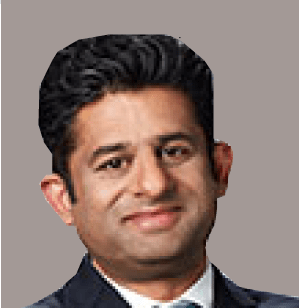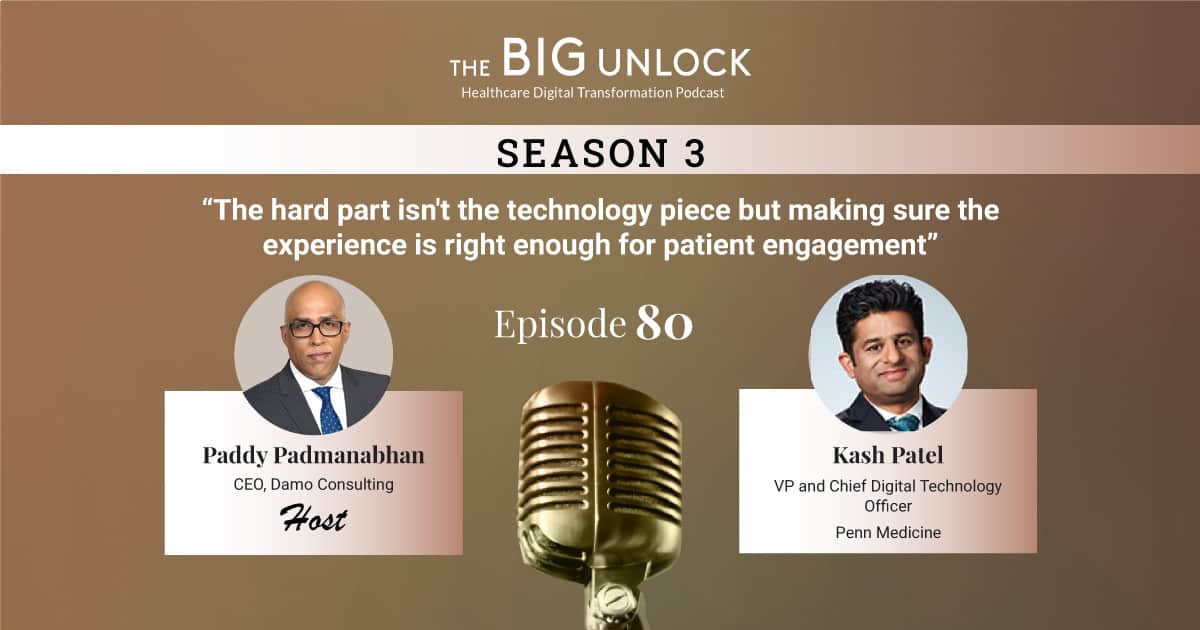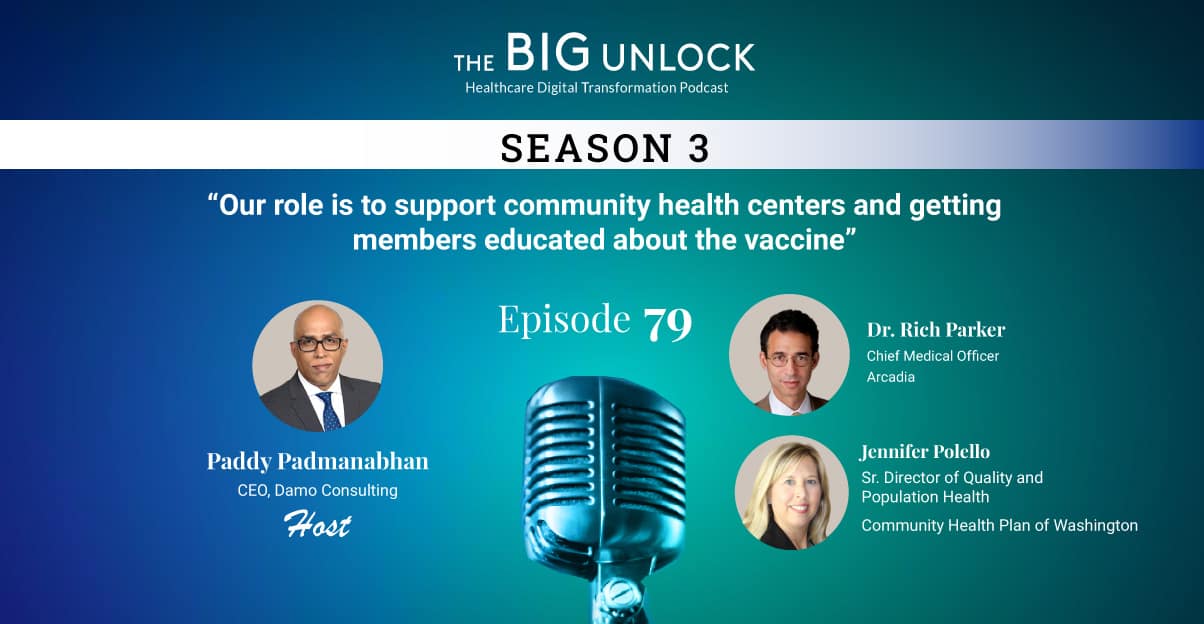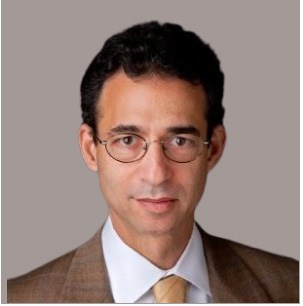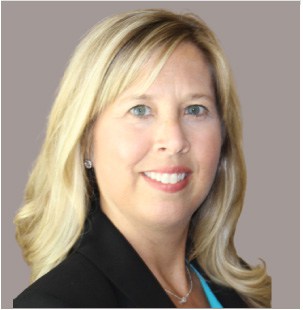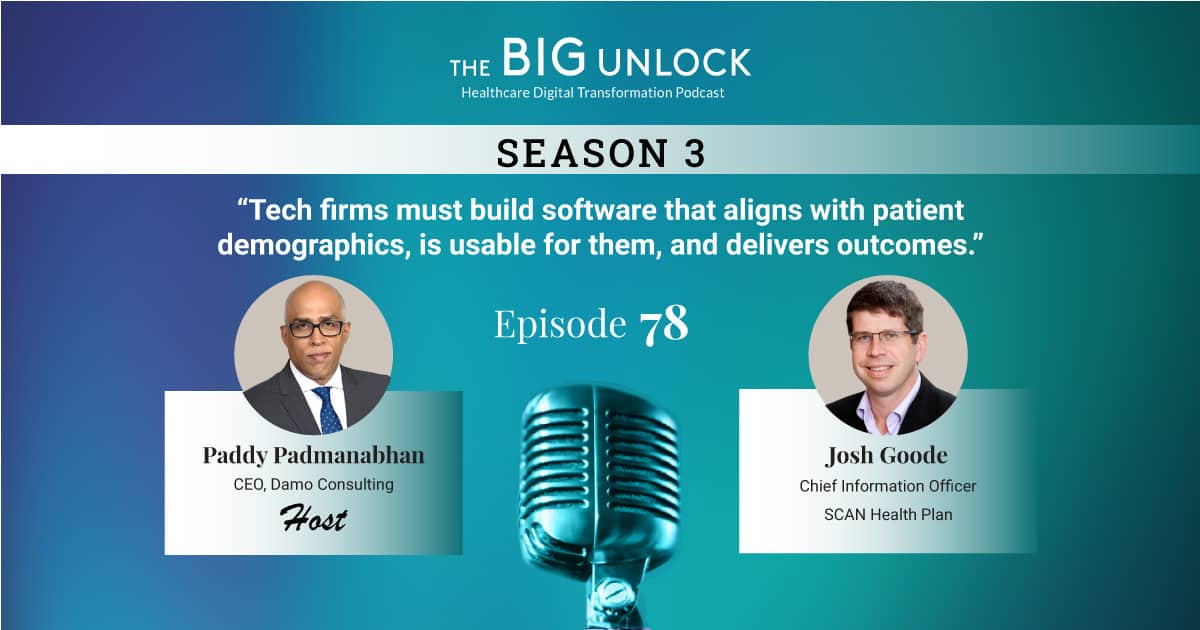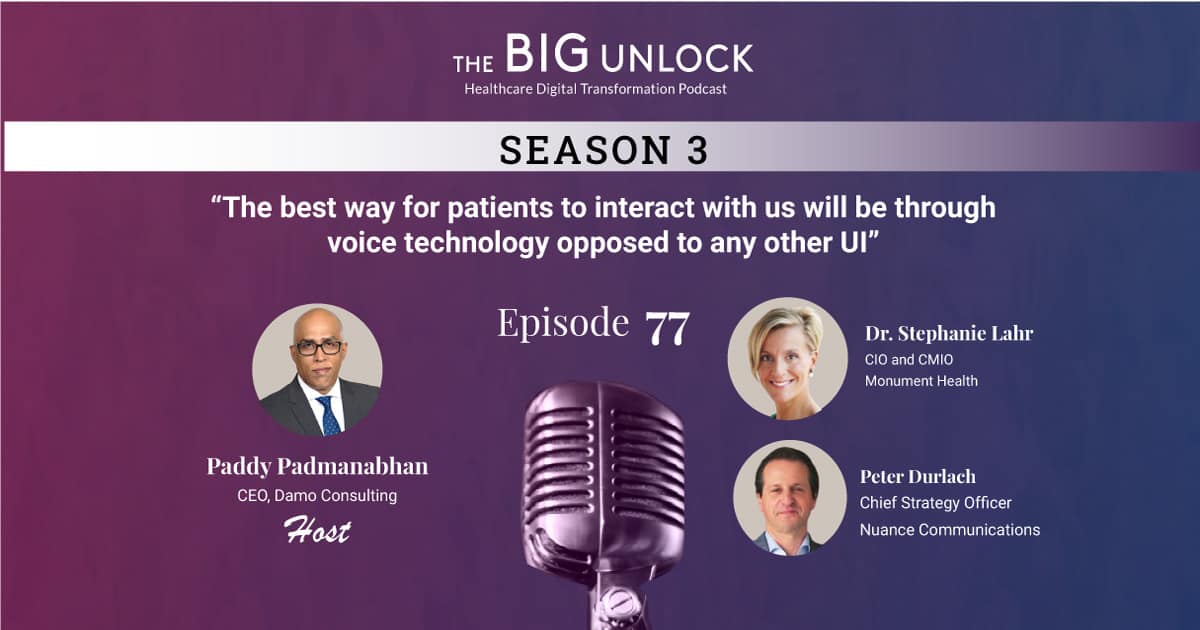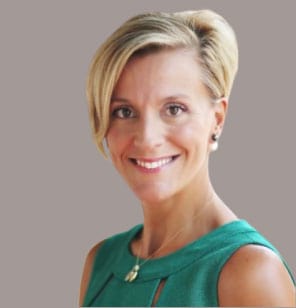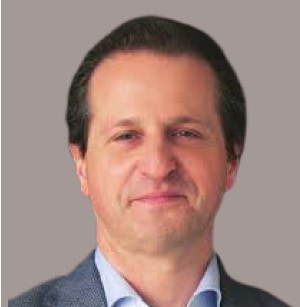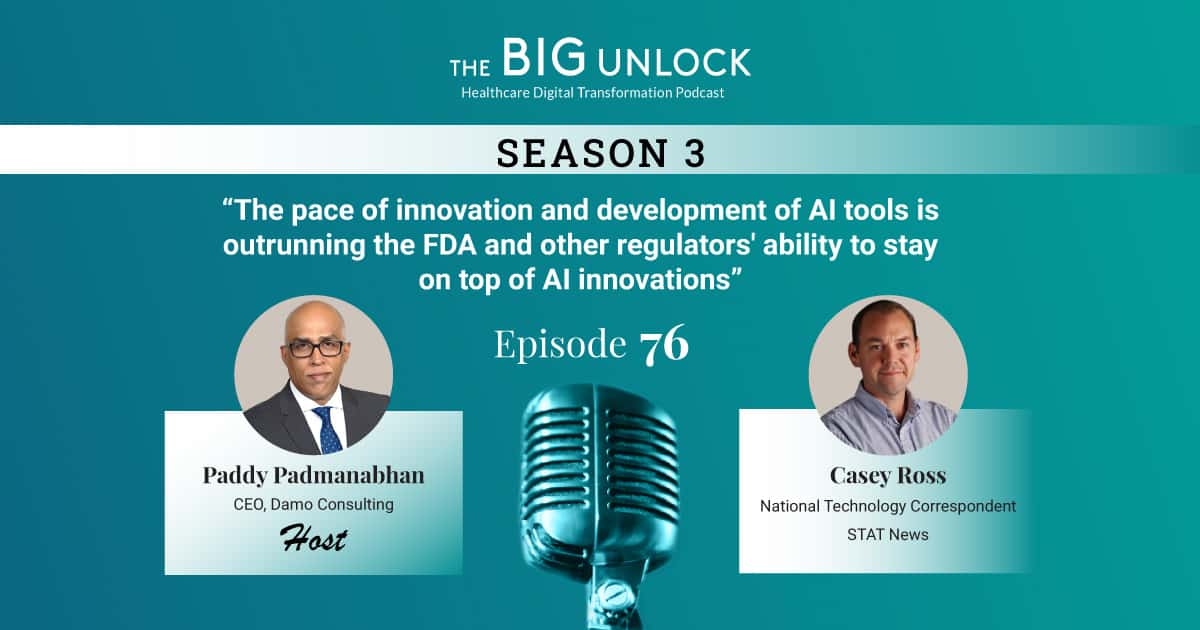PP: Tell us about the voice recognition technology marketplace and the environment for adoption of the technology. What have been the broader learnings so far and what are the next round of improvements likely to be in voice recognition?
Peter: The move from directed voice where you say exactly what you want of a more intelligent listening system, that we call ambient, is really the next generation of voice technology. In healthcare, long before we had the COVID pandemic, we have had the pandemic of administrative burden, overwhelming clinicians, as you probably know, they spend roughly twice as much time taking care of administrative requirements as seeing patients. This has resulted clinicians feeling burnt out, depression going up, and people retiring. It has really been a crisis for healthcare. What they all want as part of the solution is why cannot they just focus on the patient, have a conversation with the patient and use that conversation in the encounter, whether it’s in a physical setting or a virtual setting, and then have the technology to create the documentation for them and do other things like coding and things that they see as taking away from taking care of patients. We have a solution called the Dragon Ambient Experience that we launched right before COVID that does exactly that. We are still early in the journey around ambient, but it’s a very exciting area. In terms of the learning so far, I would say that different physicians have different requirements. So, we roll this out by specialties because you must build these ambient models by specialty. And we have learned that for some clinicians the technology fits in extremely well. For others, they may be looking for the technology to morph in a little way based on the workflow that they have. So as time goes on and as the technology matures, I think you are going to see more and more physicians across a wide degree of specialties really adopt. The results so far in general have been quite good. We are generally, on average, seeing a reduction in clinician burnout for those who are using it. Dropping from about 72% to 17% and freeing up about six minutes per encounter for an average panel size of twenty to thirty a day. That’s a couple hours a day. So, as the technology gets better and better, faster and faster, and needs less and less human involvement in reviewing the note, I think you’re going to see higher adoption and also the development of more automated things coming out of the note like coding and quality abstraction.
Stephanie: I will just add a couple of comments. This is one of those fun times when as a CIO and CMIO, I get to deliver a tool to my clinical colleagues that they are excited about and really makes their lives and their interaction with the patients better. I mean, it’s unfortunate, but true. A lot of the things that we have done and had to do over the last decade or so add to that burden that Peter referred to. And again, this is one of those times where I have a waiting list of people who are excited to try this. I do think that there are certain specialties where this is going to lend itself more to, at least early on, because there are some workflow elements of this. We see our colleagues really being able to take this and fly. And that is great for them, because to Peter’s point, if at the reduced time and documentation and some of those other things, gives them more time to do procedures and be in the operating room and do those things that really impact the improvement of the lives of the patients. The other thing I would say is we are still helping our patients get used to this construct. Most patients are very accepting of this idea of the conversation happening and then the note being created. They are accepting it because they’re anxious and excited to get the intimacy of their relationship with their provider back. But it is still an education point that we must help our patients understand kind of what this is about and what it means and what it does not mean.
Q. So, for the non-native English-speaking populations, there could be an issue with the technology. That is certainly the case with a lot of personal tech. Is that something the technology is beginning to overcome and what are the pros and cons?
Peter: Yeah, that is great. So, the core product in this space for the non-radiology clinician is a product called Dragon Medical One, which is a cloud-based dictation system which approximately 60 percent of all physicians in the U.S. use. The product already supports over twenty-five languages with incredibly high fidelity. It’s sold worldwide today on that front. In terms of the ambient part, as we do these more colloquial conversational stuff that’s earlier in the journey. So, we’re in the process now of morphing that into support. Multiple languages today that is focused on English. But we have a lot of demand, as you would expect, to start penetrating other languages like Spanish, et cetera. So that’s on the roadmap today. So, depending on which product you’re talking about, we either have wide coverage of that or we’re on the early stages for the newest ambient piece.
Q. What are some of the high impact, high value non-clinical use cases for voice technology in healthcare?
Peter: One of the hot areas which crosses both clinical and non-clinical is in the patient engagement space. As you know, like many industries, healthcare is now taking this idea of using digital technologies to redefine what is often called – the digital front door. So, how do you access care and how do you follow up on care using technology? From Nuance perspective, we are a leader in what’s called omni-channel virtual assistant technology. We power these sophisticated applications for companies like FedEx, Disney, American Airlines, when their consumers interact over our telephone line for an interactive voice response system or a chatbot or on a social system like Facebook Messenger. So, we have started to bring all that into the healthcare arena for healthcare providers as they look to do things like manage booking your appointment. Did you prep for your clinical visit? Are you taking your meds? All of these are both clinical and non-clinical use cases.
We are the leading provider of voice biometrics technology for user identification and prevent fraud. This has generally been used in the banking financial services industry for obvious reasons, and we’re bringing that into healthcare now. So that’s a non-clinical thing that we’re seeing. And the last case, which is clinical but is exciting, is there is a whole set of companies that are building technology to use voice to help with diagnosis of clinical conditions. There are companies that are using voice for clinical depression screening, for example. You may have seen recently some COVID screening. So, this idea of using the acoustic signal to predict or screening is at the early stages but is something super exciting for us. We are looking at expanding the capabilities of what voice can do beyond the core use today, which is really for documentation of the clinical encounter.
Stephanie: Authentication passwords and the security of our systems is one of those things that a CIO does keep you up at night. There are just too many systems we all have to be in and out of and so we take shortcuts on the utilization and how we reuse and those kinds of things with passwords. So, I love the idea of voice for authentication on the clinical delivery side. On the patient side, for example, in their homes, as we are looking at that, breaking down of the boundaries of where care occurs and trying to identify that best location to help some of our patients in their home. The best way for them to be able to interact with us will be through voice technology as opposed to any other user interface that may just not be conducive based on some of their limitations. We’re already seeing things where people can set up medication, reminders and things like that, but taking it to the next step of really almost having an attendant at home, a healthcare attendant at home and leveraging voice in that interaction. I think these are some of the exciting pieces in addition. We are starting to utilize the elements of IVR and texting to help improve some of the patient experience elements that are high volume and allow us to be more efficient within the utilization of our in-person resources. And we really see it as a blend. Again, to maintain that intimacy of the relationship. We could start off with some of these automated tools. If they are voice driven, that is then more personal than something else. And then we can hand off to a real person when we get to some of the more complex related things. So, lots and lots of exciting opportunities, I think, with voice.
Q. Peter, you’ve been on an acquisition spree, and most recently you acquired this company, Saykara. Tell us a little bit about where that fits into your overall product roadmap, generally in your acquisition strategy?
Peter: Recently, we had a new CEO come in about three years ago. Historically, we had done a lot of acquisitions and we slowed that down a little bit. But we did acquire Saykara and its really interesting. So, Saykara was founded by a guy named Harjinder Sandhu, who is a close friend of mine. He used to be the healthcare CTO at Nuance about a decade ago, a very sharp guy. And after he left Nuance he went off and started a patient engagement company with a partner of his and then kind of came back to his roots, which is really around the clinical documentation space. They started a company called Saykara to really try to do things like what we were doing with our Dragon Ambient Experience. So, we have been keeping in touch with our agenda over the last couple of years. And recently as they were about to go for their next round of financing, we discussed with them together what happens if we try to combine forces because we really all have a passion for solving this really big problem to help our clinician friends and clients, which is this idea of taking a colloquial conversation and turning that into a highly accurate, structured summarize note with a set of extracted data using a language that often wasn’t even discussed in the conversation explicitly, is a really hard technical task. There are very few people in this world that actually have experience trying to solve this problem. Harjinder’s team had relevant experience. So, for us, it was really an attempt to take our incredible team that we have with DAX and supplement it with the great team that Harjinder had put together and combine that into one journey together with a common mission. That’s how we came together to do this. And so, all the Saykara team are going to be working on our combined DAX effort and we’ll look to integrate components of their technology where appropriate and really try to attack this really important moonshot that we’re all after this in this ambient world. So that’s really what the purpose was of that acquisition.
Q. How has COVID-19 impacted the demand or the adoption for voice-based solutions?
Stephanie: It’s been a really interesting journey over this last year. I think from a technology perspective, one of the silver linings of this pandemic has been the rapid deployment and adoption of a variety of different technologies, some of which was telehealth. We all saw this massive uptick in telemedicine. And we did it in a constructive way. Most of our organizations, for a variety of reasons, didn’t have a ton of experience or a deeply embedded telemedicine infrastructure before that. It really is a different way of delivering care to a patient. It takes practice and experience and a little bit of a different format in order to have a high-quality telemedicine experience with a patient. So, one of the things that we saw was that we had a provider who was sitting in front of a computer, sometimes in front of two computers or multiple screens. Depending on whether the video was integrated, they still needed access to the EHR. They wanted to look at the patient. They needed to create their documentation. And the patient was sometimes looking for additional assistance and kind of how to maneuver through this. It was overwhelming at times to be able to figure out how and what to concentrate on. So, for example, with DAX, it was a great use case. We already knew that it was going to be amazing to take this ambient technology and have a conversation in the background in an in-person interaction, because we want to solve the problem of the documentation burden. But the documentation burden was compounded in this telemedicine environment where we did not have a good way to be able to look at the document, talk to the patient and use the technology at the same time. If the documentation was writing itself while we were having the conversation and I was managing the technology with the patient, what a huge win that was. So, definitely we saw that in telemedicine. And then the other piece, I think was huge was we saw really rapid and sometimes very difficult to predict changes in demand. For example, our nurse call center would at times get a hundred calls in a day and then the next day, with the same staffing plan in place, would receive seven hundred calls in the day. We don’t know exactly which day is it going to happen. One hundred or the seven hundred. It was variable depending on everything else that was happening in the environment, what was coming out in the news, all of those kinds of things. So we began to see that maybe automation with voice was a tool set that we could use to help us get through these high-demand periods. Again, allowing the people who needed to do the in-person work to be able to focus on the highest and most complex elements of DAX and let the voice and other elements maybe be able to help patients who didn’t need that higher level support. And so lots and lots of use cases started to come out around where we could leverage voice to get through this high demand situation where none of us had enough resources.
Q. What have you been seeing in the rest of the healthcare ecosystem?
Peter: On the voice side, specifically, the two big things that have exploded are exactly aligned with what Stephanie did. One is that the clinicians, docs, nurses, et cetera, are not in great shape from a burnout perspective before COVID. And obviously it has been absolutely overwhelming for them. So the demand for anything that could help them get through the day has really exploded, whether it was DAX, our dragon ambient product, or even with our dragon cloud moving more expansively of that. I mean, we had things where a lot of these field hospitals, we work with Epic and others to stand up a whole voice enabled system for field hospitals and a few days in multiple cities. So, there was that whole sort of tools for clinicians to try to reduce as much of this other stuff as possible while they were trying to take care of patients. Stephanie also said the inbound flux of patient requests around prepping for a telehealth visit, trying to log into their portal now about getting a vaccine, have just overwhelmed the [health systems. Most health systems don’t have the infrastructure to deal with it. And as Stephanie said, they certainly don’t have the dollars to fund people to do that. So, our digital patient engagement technology that allows you, just like the website or text channels provide these automated systems to do a lot of the basic lifting for them, both on inbound interactions and outbound. We just also signed deals with several large, major pharmacy chains in the country that are rolling out the covid vaccines now and doing centralized virtual assistant front ends to their scheduling system so people can call up, find out what vaccine are they eligible that actually book an appointment. So, all of that sort of exploded both on the provider side, but also on the health plan and retail pharmacy side as a result of COVID.
Q. What is holding us back from a faster adoption of voice recognition technology in healthcare? What do you think are the big challenges that we need to overcome?
Stephanie: I think the documentation is amazing. We want to do that and help improve that area of the satisfaction of our providers. But now we got to go further than that. One of the challenges that we still need to overcome is the amount of medical information to understand, digest and then utilize in the care of patients is increasing exponentially. We need tool sets that can help us access the relevant information or even provide reminders. So, I really want to see us go beyond documentation and doing things. For example, the relationship between our EHR vendors and the voice recognition side of things so that we can completely eliminate any kind of user interface with our providers that requires a keyboard that is the ultimate goal. Get rid of the keyboard altogether and let me have an interaction, a voice based interaction with the patient and a voice based interaction with the technology. If I need to know when the last CT scan was, let me ask it instead of typing and looking it up. If the system is listening and thinks there’s a piece of relevant information that I should know about as I look into placing an order or creating a plan, tell me about it proactively or alert me that there is potentially a clinical decision, support information that I need in order to make those things happen. The integration between the EHR which now sits at the center of these tool sets and the voice recognition side is an absolute requirement.
Peter: I think Stephanie really hit it on the mark. She really touched on two critical points. So, in terms of driving adoption, obviously the core technology from folks like us has to be good enough to be use number one. I think we have done a good job of that. There’s obviously room for improvement. And certainly, we’re still early on the journey of ambient world. But the early indications are positive. As Stephanie mentioned, there’s two other key points. One is we integrate into other systems. So, the more integrated and more natural the integration is, the better the adoption will be. We’re working with folks like Epic, Cerner, Meditech and others. All these virtual assistant technologies they’ve launched under the names like Hey Epic, Hey Cerner, Hey Meditech are all powered by Nuance technology. So, we’re working with the major EHR vendors to integrate that. So we can do exactly what Stephanie said, which is to basically have a virtual assistant. Every physician and all of us would love to have an intelligent virtual assistant or a physical assistant that works with us. What we’re trying to do is we’re not going to mimic everything a human can do, obviously. But there are a lot of tasks that if you had an assistant, you would really be much more productive. So, this idea of being able to ask what’s the latest CT scan or queue up in order or send a follow up note to the primary care physician, they should be able to do that very seamlessly by voice, as if they were telling their assistant to go do that. Number two, this idea of turning the system into an intelligent system. And for clinicians, generally, what intelligence means is you don’t have to ask it for something. It’s going to recognize something and tell you. So, Stephanie’s example of clinical decision support is a clear one if we’re listening to the conversation of the patient and we know their clinical history, we know what their primary diagnoses are and we hear something, why shouldn’t the system be able to say, oh, it looks like they may be discussing “X’ based on the clinical indicators. This might be a good thing for you to talk to the patient about. That is what’s going to come here as more AI gets deployed to predictive analytics and predictive to clinical decision making. That is really the holy grail here, which is you’ve got a virtual system that can do tasks for you, but it also provides you clinical advice as if they were like a resident or a fellow working next to you.
Q. If there is a best practice that you’d like to share with you as an industry, we’re listening to this podcast. What would that be?
Stephanie: I think the key here is think about the challenges that you are facing organizationally on the front end and the back end. There are so many use cases for this and ask yourself if voice could be a solution for that to help in the efficiency cetera of solving the problem. There are a lot of places that we could leverage voice driven technology that is going to be different than our typical construct. I think it will be effective if we’re willing to be open minded and ask ourselves that question, could voice be part of the solution? And I say part of the solution as my second best practice, which is if voice can lend to the improvement of a situation, it does not mean it has to be the complete answer. So I think the example that I gave earlier about an IVR, having an initial interaction, authenticating a patient, confirming what it is that they’re asking for, and then potentially handing that off to a live person for the more complex parts of what might need to be done is a way to be able to move forward in increments and really start to see progress, knowing that we don’t have to solve the entirety of the problem with one solution, but it might be one of the building blocks. So, think about voice, but don’t expect that to have to be all end all of everything. It may be a component.
Peter: Pick problems that are important to solve and then really get clinician owners and champions inside the organization. In healthcare, there’s a lot of technology promises. And often if you don’t set yourself up for success, no matter how good the tech, it’s not going to be successful. So, I think best practices is having alignment internally, goals we are trying to achieve, metrics we’re trying to drive. Some of this stuff also involves some business process changes and integration with the how to optimize these things. I think having both the supplier of the technology and the internal stakeholders aligned on the objectives, the internal alignment of what we’re trying to drive through and then sort of end-to-end view of how we’re going to solve this, including things that may not be voiced, is really critical so that when you do that, we can absolutely drive meaningful outcomes. We have thousands of examples and material improvements in physician and nursing, satisfaction reduction of administrative time, better financial outcomes, better patient experience. So, if you do it right and you focus on a problem that we can solve with the tech, we can make a difference.
 Hosted by Paddy Padmanabhan
Hosted by Paddy Padmanabhan 
